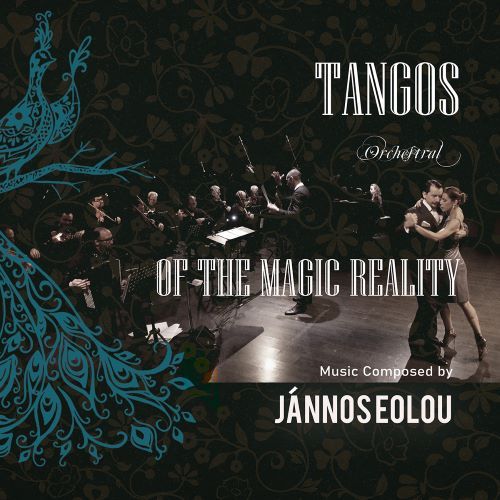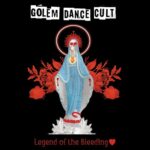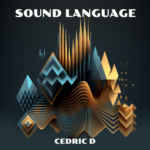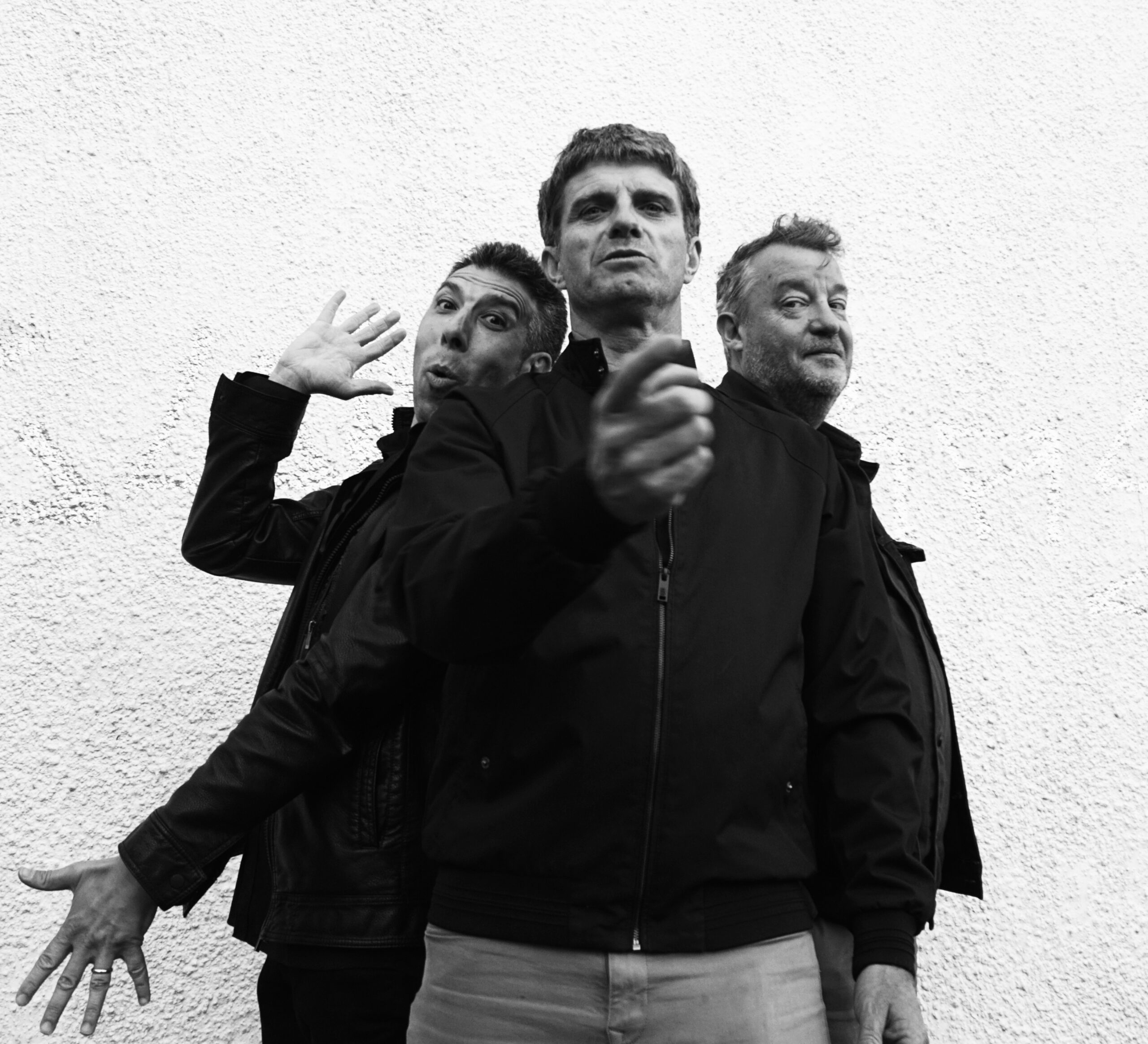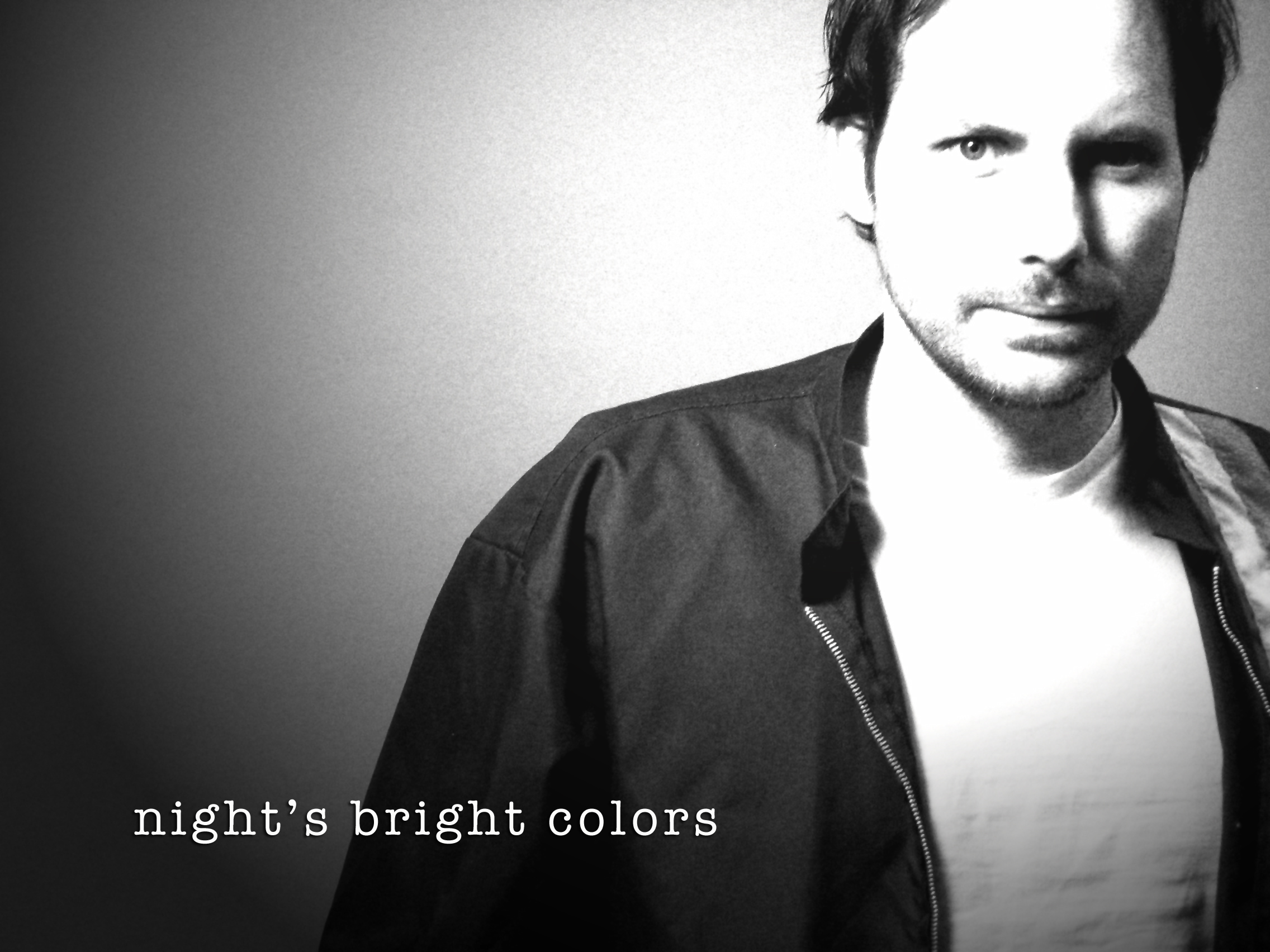Jánnos Eolou, a composer from Greece’s Thessaloniki, has released “The Tangos of Magical Reality,” an intriguing and grabbing instrumental album that highlights his remarkable talent and his deep understanding of both Tango music and the charming realm of Magical Realism, on March 20th of this year. Throughout 18 tracks, Eolou takes listeners on a fascinating musical trip, weaving together aspects of symphonic Tango, modern cinematic composition, and his original artistic approach. Eolou infuses his compositions with a sense of surprise, mystery, and compelling storytelling, drawing impact from the international movement of Magical Realism. The album is a testament to his skill as a composer, with each track thoughtfully crafted to transport the listener to a world where reality and enchantment seamlessly integrate. As admirers of Jánnos Eolou’s album, we at Songweb got hooked and decided to have a chat with him from the other side of the world. Keep reading and enjoy our beautiful interview with Jánnos Eolou about the album.
SONGWEB: Could you tell us more about “The Tangos of Magical Reality” and how the international Magical Realism movement inspired your composition?
JÁNNOS EOLOU: I worked on ‘The Tangos of Magical Reality’ for more than ten years because I wanted to create a new, ‘personal symphonic Tango language’ as I felt I was influenced by the international movement of Magical Realism.
It is a work for String Orchestra, Piano, and Accordion (Bandoneon).
In music, there are no recorded works that draw their inspiration from the Magic Realism movement, perhaps because the magical and the real are difficult to define in music.
When the Magical Realism movement was born, Tangos was a music of the margins, of the oppressed, and as such Borges often uses it, for example in his short story ‘Man in a Pink Corner’.
For me, the Tango form is as intertwined with Magic Realism as Borges himself. It is a personal journey and view on art and life.
In Magic Realism the ‘Magical’ elements are intertwined with the ‘Real’ parts of the story integrally, accepted equally as valid.
For me, ‘realistic’ is the land of ‘tonality’. For those who are not familiar with the musical structure, I explain: the music is made of 12 notes. (Western music, not the modal of various traditions).
These 12 notes make up the entire musical universe. They are repeated in multiples up and down creating higher pitched instruments or more bass. But the whole musical language is made up of twelve notes, semitones, like a language with twelve letters. Of these 12 notes, each ‘musical scale, key’ uses only 7 notes.
The other 5 (in any system of any tonality) are not used, because they produce sounds that do not belong to this ‘musical universe’, and are immediately heard as ‘wrong’ as ‘out of place, strange, foreign…’ If we change tonality, then another unique set of 7 notes will be used, and so on. Changing from one tonality to another usually creates a ‘strange’ feeling, and is rarely used, but…
In this work, I use ‘polytonality’, the change from one tonality to another, changing the ‘musical reality’ of each part of the work. The ways I do it are the result of a lot of thinking and experimentation on many levels, technical, philosophical, aesthetic, emotional… I try to keep the focus the same, whether it’s the melodic line or the harmonic envelope, and change elements in such a way that it is almost imperceptible or with the least possible ‘strangeness’, even to the experts.
In this way, I introduce new ‘unrealistic’ elements into my ‘tonal reality’ in such a way that the ‘new reality’ is the ‘new tonality’, having transported the listener to a new ‘place’.
SONGWEB: You won a Film Academy Award for your work on the film “Christmas Tango.” Did your background in film composition impact the narrative component of “The Tangos of Magical Reality”? If yes, how did you infuse aspects of storytelling into the music?
JÁNNOS EOLOU: My music creates a setting for the listener to start imagining stories, it evokes emotions and sequences of thoughts. Each one draws inspiration from his memories and experiences, and usually, it is like ‘creating’ his own ‘movie’ in his/her mind, much like watching a film. When composing for a film I must identify with the characters and underline (or sometimes even create) the feelings and the narrative of the film. A film composer has to create a language and creative tools (music techniques) that balance emotions more than anything else. Due to my work all these years, my music has evolved into a universe of emotions and images, and I am sure that this has had an impact when composing for the Tangos of the Magic Reality. It is who I am, and how I have also evolved as a person.
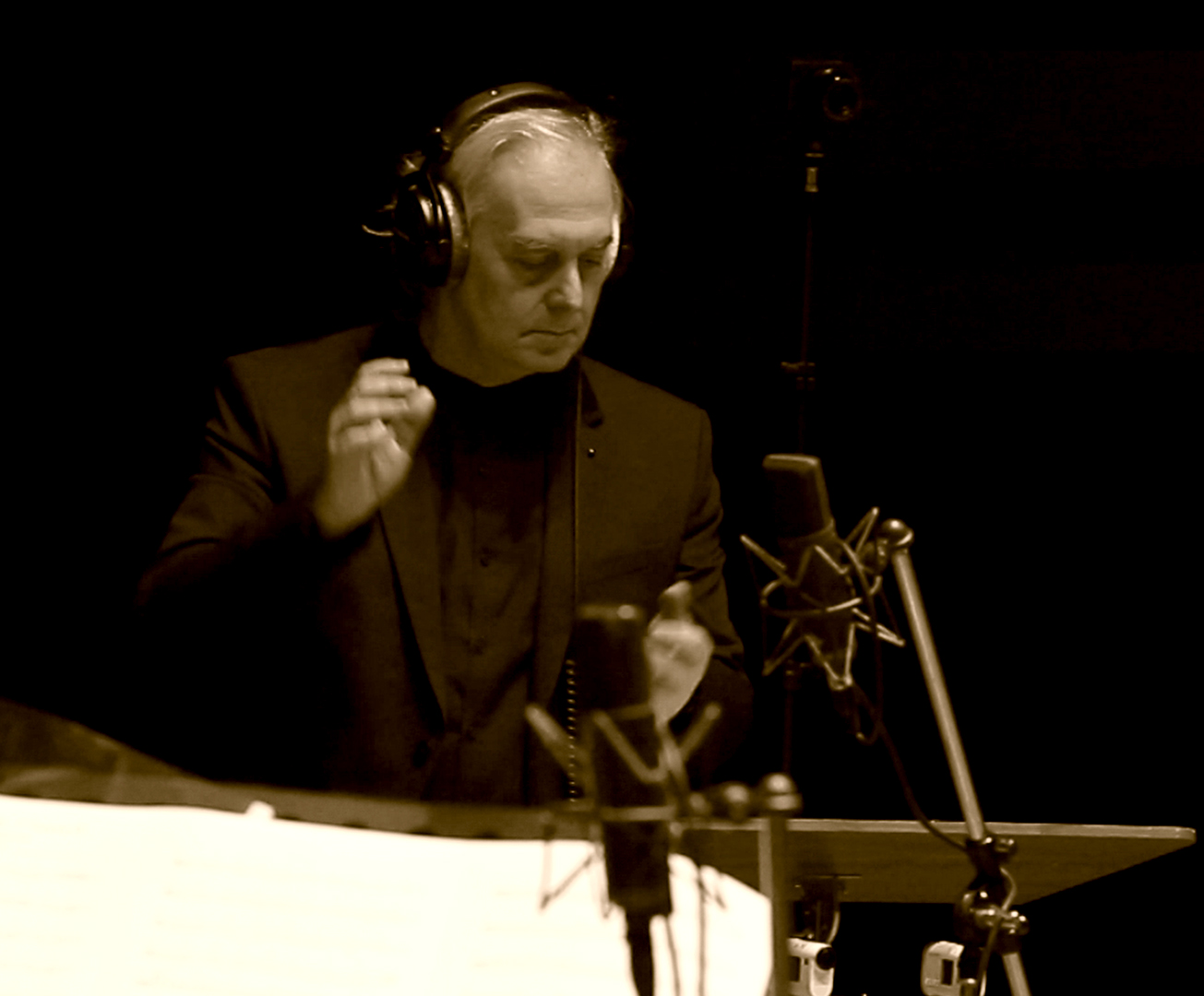
SONGWEB: A String Orchestra, Piano, and Accordion are an unusual combo. What prompted you to select these specific instruments for this project, and how do they add to the album’s overall tone and atmosphere?
JÁNNOS EOLOU: Most of the Tango works are composed for Strings, Piano, and Accordion or Bandoneon. Sometimes there is also a guitar. But it is not at all an unusual orchestration. Instead of using a smaller group, sextet, or septet, I used an orchestral section of strings, because I wanted an orchestral sound, much closer to the sound I compose for film, closer to my sound palette. All my music, even for quartets, or sextets has the structure of classical orchestras of the chamber or full orchestras.
SONGWEB: How does “The Tangos of Magical Reality” vary from your past works as a composer with a lengthy career and various accomplishments? In this piece, what new elements or approaches did you experiment with?
JÁNNOS EOLOU: Most of my work has been ‘tonal’. In the Tangos of Magic Reality, I used polytonality – a change of tonality within each musical piece. I consider my ‘reality’ the tonality, and the magical elements, like Borges’s mirrors, the change of tonality. But I have experimented a lot in the ways of doing so. My main concern was/is to have the change as unnoticeable as possible. As in Magical Realism, the ‘magical’ elements (the new tonalities in my case) have to be considered as ‘normal’, as ‘real’ by the listener, not to make him pay attention to the technique but to the essence of the piece, its soul, the bare truth, beyond the ‘mechanics’ of music, deep inside its emotional universe.
SONGWEB: Tango music frequently elicits powerful emotions and storylines. May you talk about the emotional journey or narrative arc that “The Tangos of Magical Reality” listeners may expect? Is there a recurring theme or concept throughout the album?
JÁNNOS EOLOU: Tango is a very powerful music tradition, a universal form. It started back in the 1920s or even earlier, by European musicians in Latin America, and almost at the same time in Paris, and other cities in Europe. Later on in the US and the rest of the world. It has been a ‘singing’ tradition but several new ways of Tangos have evolved over the years, orchestral, started with Astor Piazzolla and other composers. I am intoxicated by the way Tango builds up emotions in a ‘contained’, disciplined way, without bursting, or exploding, but through an esoteric slow burner that can reach higher emotional states. Every performer/dancer/actor will tell you that one should not ‘waste’ emotional gestures on stage, but through a disciplined expression, a higher level of emotional height can be achieved. Within the Tango form, I can utilize my symphonic, cinematic way of composing and creating complex structures, ‘emotional’ vehicles that hopefully can take the listener on a magical journey.
SONGWEB: What do you hope listeners get out of “The Tangos of Magical Reality”? Do you want to express any messages or thoughts through your music?
JÁNNOS EOLOU: I only create music because it helps me pave the way into my inner self. I do not find any other real use of art in today’s society. If one wants to exercise one’s body, he goes to a gym, for better health. If one would like to ‘exercise’ his ‘soul’ muscles, emotional strength, and health, he can only do it via art, and in my case, my art is music. My mission is to help the audience dive into his inner space, get to know it better, and feel more comfortable in his inner universe if possible.
Overall, Jánnos Eolou’s “The Tangos of Magical Reality” is a masterpiece and tribute to his expertise in composition and orchestration. It’s an album that impels to be listened to carefully, allowing the listener to be carried away by Eolou’s music’s enticing melodies and vibrant imagery. The performances on the album are superb, and the ensemble achieves a remarkable harmony under the expert leadership of conductor Konstantin Dobroykov, bringing Eolou’s vision to life with surprising accuracy. The album’s production quality is equally exceptional, with Yannis Mavridis, Cue Productions, and N-CODE LTD. delivering a crystal-clear and immersive listening experience. The mix and mastering are masterfully performed, enabling each instrument to shine while keeping a consistent balance throughout the album.
Listen to the “Tangos of the Magic Reality” album by Jannos Eolou on Spotify and let us know your thoughts.
You can follow Jannos Eolou here for more information.

